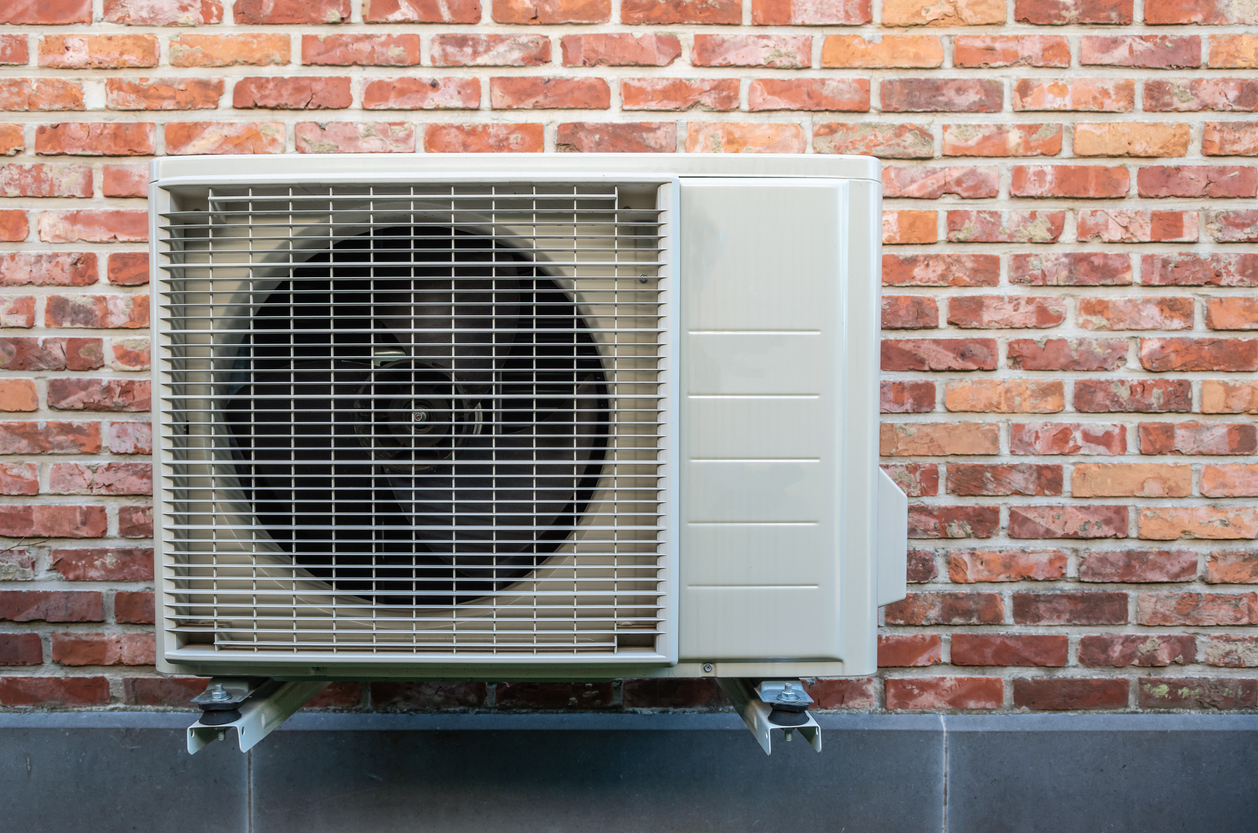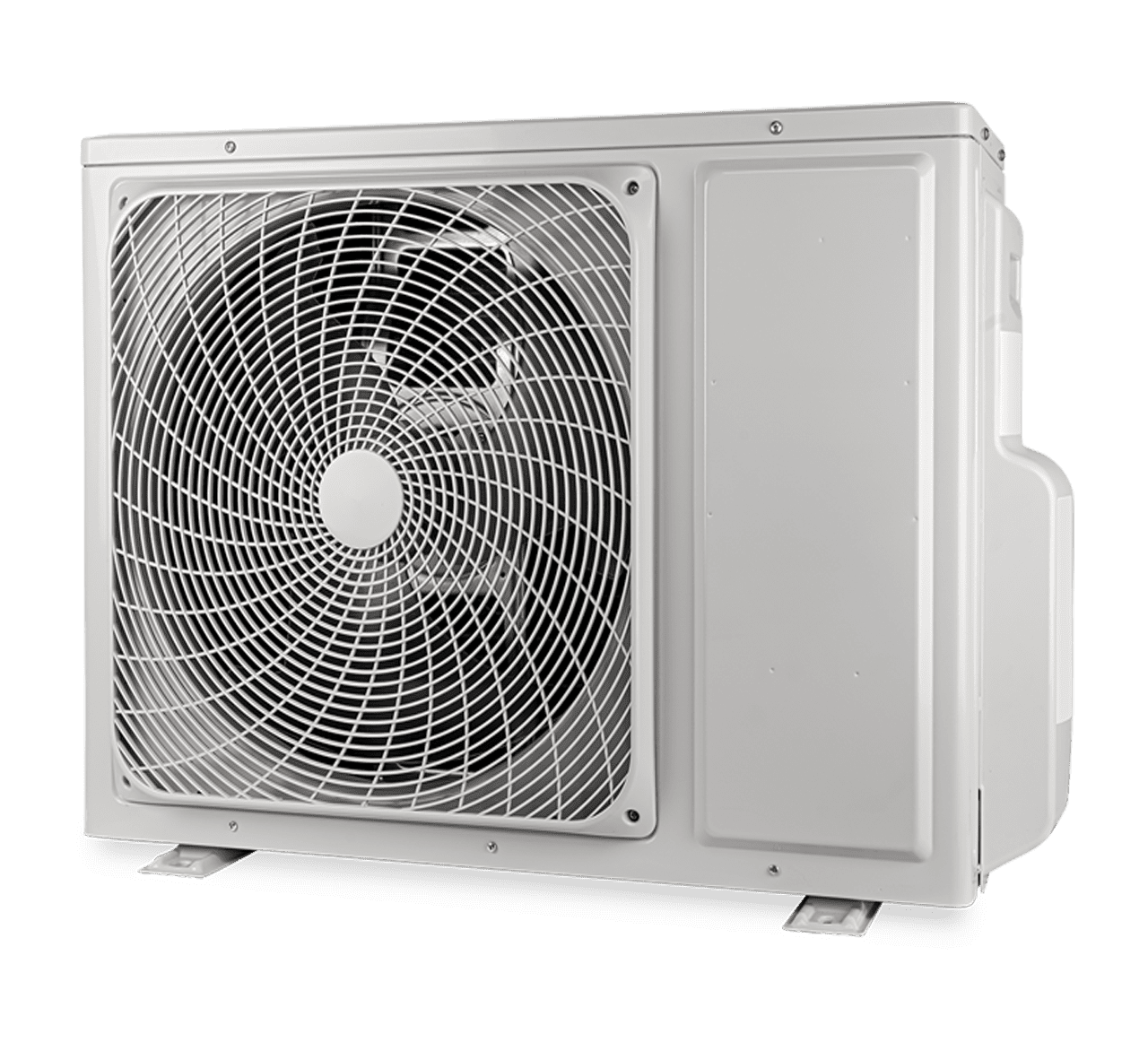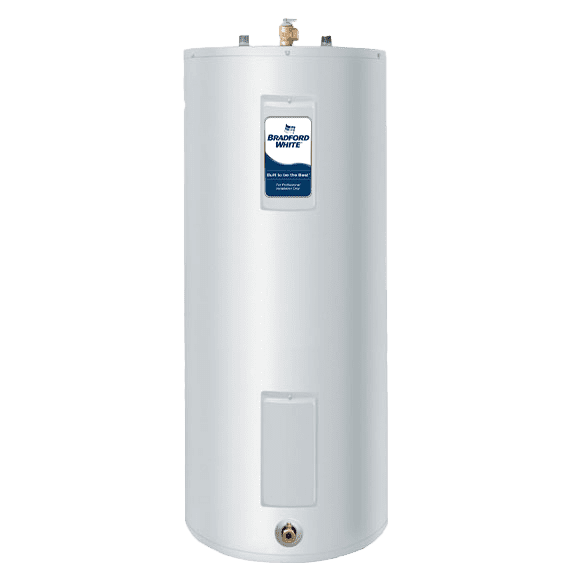The Ultimate Guide to Heat Pumps: A Unified Home Comfort System

The Ultimate Guide to Heat Pumps: A Unified Home Comfort System
In Canada, we experience a wide spectrum of weather conditions. For residents of Vancouver, ensuring home comfort through humid summers and frosty winters is a primary concern. You’re likely familiar with traditional furnaces and air conditioners, but imagine a single, ultra-efficient device that manages both your heating and cooling needs.
This is the reality of a heat pump. While it may sound futuristic, the heat pump is a well-established and dependable technology gaining significant traction among Canadian homeowners. If you’re interested in learning more about this integrated comfort system, this guide will explain the essentials in a straightforward manner.
What Exactly is a Heat Pump?
A heat pump is best understood as a versatile climate control system that transfers thermal energy. Its primary function is to move heat from one location to another, depending on the season.
• In winter, it cleverly extracts heat from the ambient outdoor air (even when it’s cold) and transfers it into your home to provide warmth.
• In summer, the system reverses its operation, drawing heat from inside your house and expelling it outdoors, leaving you with a refreshingly cool interior.
The key advantage is its efficiency. Because heat pumps transfer existing heat rather than combusting fuel to create it, they consume significantly less energy. This translates to lower utility bills and a smaller environmental footprint for your household.
How Does a Heat Pump Operate?
The term “heat pump” doesn’t fully capture its capabilities, as it excels at both heating and cooling. The system’s adaptability is thanks to a reversible flow of refrigerant, a specialized substance designed to absorb and release thermal energy.
Here is a simplified overview of its operation:
Heating Mode:
1. Heat Absorption: The outdoor unit’s fan directs air across a coil containing refrigerant. Even on cold days, the air contains thermal energy, which the refrigerant absorbs.
2. Pressurization: The refrigerant, now in a gaseous state, is sent to a compressor. The compressor elevates the pressure, which dramatically increases the refrigerant’s temperature.
3. Heat Release: This superheated refrigerant is then circulated to the indoor unit. A fan blows indoor air over the coil, and the heat from the refrigerant is transferred to the air, which then circulates to warm your home.
4. Cycle Restart: Having released its heat, the refrigerant cools, condenses back into a liquid, and flows to the outdoor unit to begin the cycle anew.
Cooling Mode:
To cool your home, the heat pump reverses this entire cycle. It functions similarly to a high-efficiency air conditioner by using a component called a reversing valve to alter the refrigerant’s path.
1. Indoor Heat Absorption: The indoor coil takes on the role of the evaporator. As the cool refrigerant passes through it, it absorbs thermal energy from the indoor air that is blown across it. This process also effectively dehumidifies the air, enhancing comfort.
2. Heat Transfer: The now-warm refrigerant travels to the outdoor unit.
3. Outdoor Heat Release: The outdoor coil now functions as the condenser. The fan dissipates the heat from the refrigerant into the outside air.
4. Cycle Repetition: The refrigerant, now cool again, is ready to return indoors to absorb more heat.
Essentially, in the summer, your heat pump is actively “pumping” unwanted heat out of your living space.
Are Heat Pumps Effective in Canada?
This is a frequent question, and the answer is an emphatic “yes”. A common myth suggests that heat pumps are only effective in regions with mild winters. While this may have been the case for older units, modern cold-climate heat pumps are engineered to perform reliably in the demanding Canadian climate.
These powerful systems can operate efficiently in temperatures down to -30°C. For the rare occasions of more extreme cold, a popular solution is a dual-fuel or hybrid system. This setup pairs a heat pump with a high-efficiency furnace. The heat pump addresses the majority of heating and cooling, with the furnace serving as a supplemental heat source that activates automatically only when necessary. This guarantees your home stays warm regardless of the weather.
Key advantages of a heat pump in Canada include:
• All-Season Comfort: One system for both heating and cooling.
• Energy Efficiency: Substantial savings on energy costs when compared to older furnaces and air conditioners.
• Environmentally Friendly: Lowers your household’s carbon emissions.
• Government Incentives: Federal and provincial governments offer valuable rebates for switching to a heat pump.
Is a Heat Pump the Right Choice for Your Home?
If you seek a versatile, high-efficiency, and eco-conscious method for year-round home comfort, a heat pump is a superb choice. Thanks to major advancements in cold-climate performance, these systems are an outstanding option for homeowners in Canada.
At Moore & Russell, we are specialists in heat pump installation and maintenance. Our skilled technicians can assist you in selecting the ideal size and model of heat pump for your home and address any questions you might have.
Ready to revolutionize your home’s comfort? Contact us today for a complimentary, no-pressure consultation!

